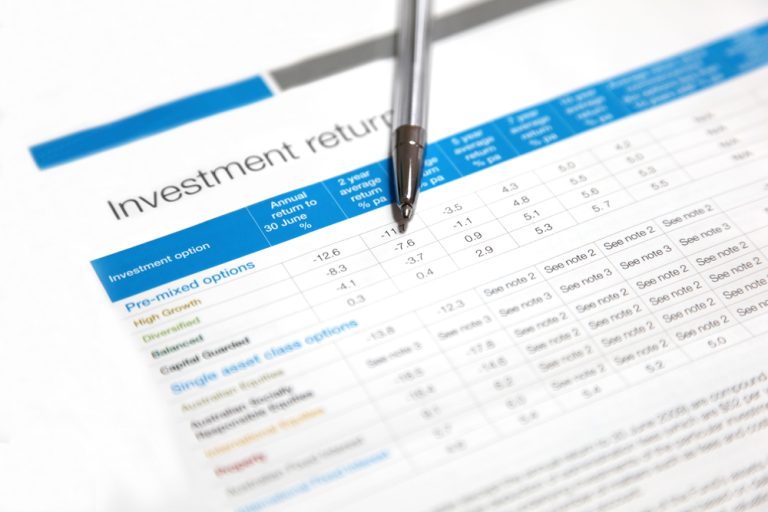Why I Stop Retirement Projections in the Early to Mid-80s (and Why It Matters)
When I run retirement projections for clients, one thing I do differently is stop the projections in the early to mid-80s—despite knowing there’s a high probability that one partner in a couple will comfortably live into their 90s or beyond. With medical advances, more and more people will even make it past 100.
So, why stop the projections there?
It’s simple: I want to ensure that there’s enough money left for the surviving partner to live comfortably when they lose income after their spouse passes away.
The Reality of the Pension Gap
When a couple receives the full age pension, it’s nearly $45,000 per year—a decent income for retirees who are homeowners. Plus what they may receive from their superannuation pensions or other assets. However, when one partner passes away, the surviving spouse loses $15,000 of that income.
Here’s the problem:
- They still need to run the same car.
- They still need to turn on the same lights.
- Their home costs don’t magically shrink.
While they might spend slightly less on food or outings, the financial loss is significant. Suddenly, they’re living the same life with far fewer resources.
Why It’s Widows and Widowers Who Struggle the Most
This income gap hits widows and widowers the hardest. They lose $15,000 a year but still carry the same financial obligations. These single pensioners, who once lived comfortably, are the ones who often struggle to get by.
Yes, there’s the Home Equity Release Scheme (a government-backed scheme that allows homeowners to access their home’s equity to top up the pension). But for many retirees, this isn’t a desirable option. For most, their home is sacred—it’s a place of comfort and security, and they want its value to eventually pass to their children.
The Solution: Maintaining a Lump Sum
To bridge this income gap, I aim for my clients to have a small lump sum remaining when they hit their early to mid-80s—something in addition to their home.
It doesn’t need to be a huge amount. Even $150,000 left within superannuation can provide a buffer:
- This lump sum can be drawn down to make up for the $15,000 annual income loss.
- It helps keep life comfortable during a time when retirees spend less overall but face increasing stress as their world closes in.
Why Stress Matters More as We Age
As people get older, they tend to do less—but they also worry more about smaller things. It’s a natural part of life. Losing financial security in the final years can create enormous stress, especially for those who are increasingly reliant on family.
By planning for this transition—making sure the surviving partner has enough resources to comfortably bridge the gap—we can reduce unnecessary worry and protect vulnerable members of our society.
What If There Isn’t Enough?
If projections show that there won’t be enough to provide for the surviving partner, we tweak today’s spending habits. The goal is simple:
- Ensure that the person who is left behind has a financial buffer to cover their needs.
- Eliminate the stress of running out of money during a time when smaller financial issues can feel enormous.
Final Thoughts
Retirement planning isn’t just about ensuring couples have enough to live well in their golden years—it’s about protecting the surviving partner when circumstances change. By stopping projections in the early to mid-80s and maintaining a small lump sum for the years ahead, we provide security, comfort, and dignity for those who are left behind.
A little planning today can make all the difference tomorrow.
The information provided in this article is general in nature only and does not constitute personal financial advice.






